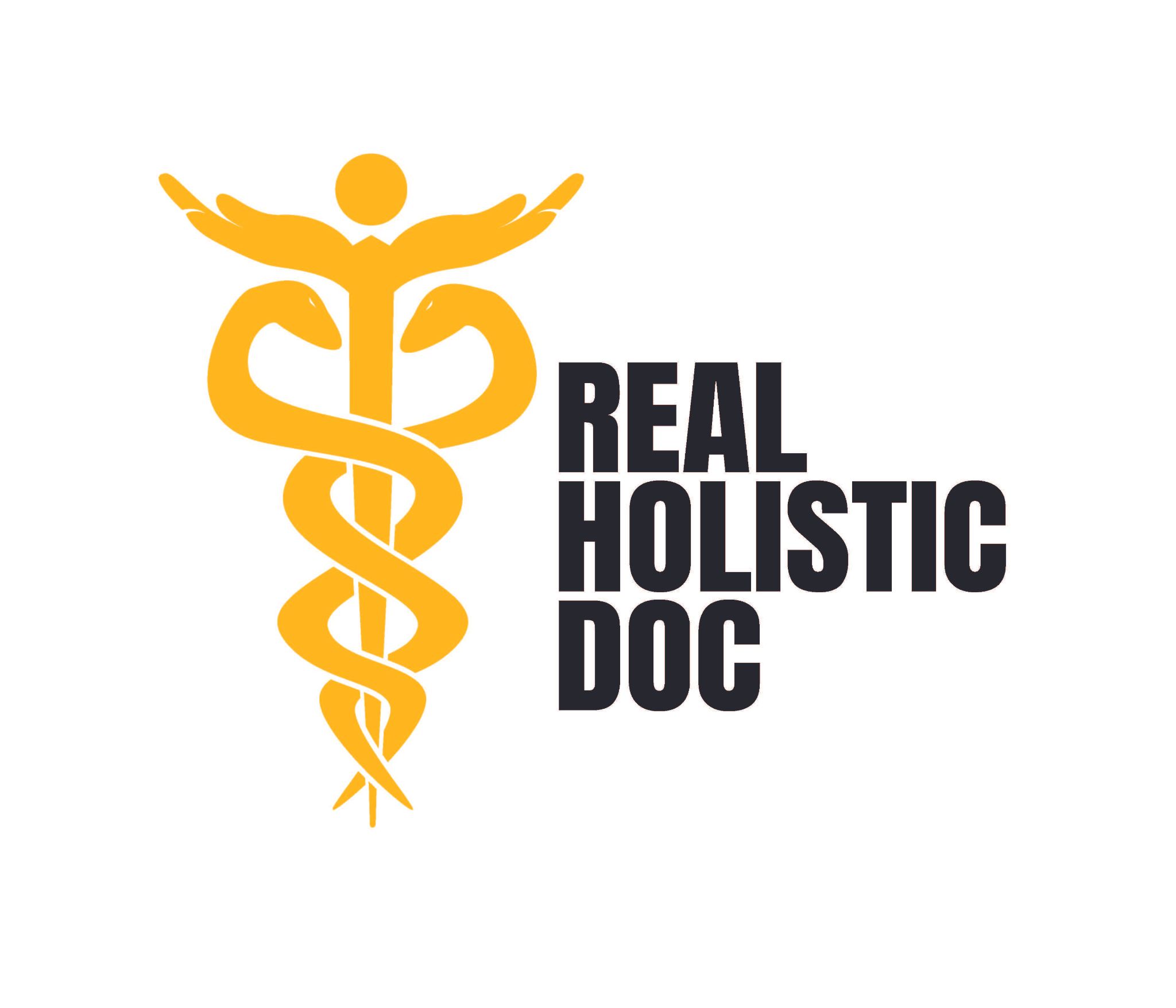There is no greater controversy than that over nutrition. Some claim that virtually every food is harmful and a remarkable variety of fad diets exist, from all raw to vegan. Interestingly vegans eat yeast, a member of the animal kingdom; and most wear leather shoes and belts. So much for their purity. Meanwhile, all of them eventually suffer B 12 deficiency and usually are deficient in one or more essential amino acids.
Other extremes are the Rice Diet of Walter Kempner, a several decade fad at Duke University—white rice, unlimited canned fruits and a one-a-day vitamin supplement. It is remarkably successful in controlling Type II diabetes, malignant hypertension and obesity. It contains about 10% protein (and is deficient in some essential amino acids); ZERO fat, and 90% carbohydrate. The secret is no fat and low protein. It is also the most esthetically obnoxious diet I know.
At the opposite end of the scale is the Atkins Diet, a relatively recent fad: roughly 60% fat, 20% protein and 20% or less carbohydrate. Basically it consists of unlimited meat, cheese, fats, and non-starchy vegetables. It tastes great, is excellent for obesity as well as lowering cholesterol.
Slightly more palatable long term is the Broda Barnes diet which allows two pieces of bread and two small fruit servings daily; otherwise it consists of virtually unlimited meat, eggs, cheese and non-starchy vegetables. It long preceded the Atkins diet and has all the benefits.
Interestingly, the Macrobiotic diet is also an excellent alternative—brown rice, steamed vegetables and broiled, baked or poached fish, with occasional chicken.
Of all the modern fads, Dr. Mercola’s NO-GRAIN DIET is perhaps the most ludicrous. While I respect much of Mercola’s material, he misses the boat almost totally on this one.
Admittedly white, ”enriched” wheat is an oxymoron and is definitely a junk food. And wheat is one of the most common allergens. But rice is a terrific food. In fact it is the single greatest contribution to the diet of the Okinawans, the world’s longest-lived and healthiest people.
It is essential for most of us to add vitamin and mineral supplements and these will be covered in a later article.
My recommendations for an optimally healthy diet, adjusting your servings to keep your weight ideal (Body Mass Index 19-24; see BMI below):
- Brown rice, one to three cups of cooked rice daily; you may substitute other grains as below
- Corn, millet, quinoa, oatmeal, barley, buckwheat, one to seven times per week
- Sweet potatoes, 3 to 7 servings per week
- Irish potatoes (never fried), once or twice a week
- Sourdough or 100% whole grain bread, one serving per day
- Tofu, chickpeas, soybeans, navy beans, garbanzos, or old-fashioned peanut butter: one or two servings daily
- Eggs, one or two daily
- Low or no-fat yogurt 8 oz per day
- Buttermilk, up to 8 oz per day
- Cheese, one oz per day
- Fish, range chicken or range beef, 4 oz per day
- Non-starchy vegetables, unlimited
- Fresh fruits, two to four servings daily
- Olive oil, one to two tablespoons daily
- Butter, one tablespoon daily
- Nuts, up to 2 tablespoons daily
- Honey, two to six teaspoons daily
- Black, green or jasmine tea, 3 to 6 cups daily
- Turmeric, cinnamon and most herbs freely
As much as I like the idea of ”organic” foods, in general, the cost and low availability in most locations makes me hesitate to recommend them. If you raise your own, without poisons, GREAT. If they are easily available and you can afford them, go for it. Otherwise, it is more important to eat a wide variety of real food and enjoy it.
C. Norman Shealy, M.D., Ph.D. is the father of holistic medicine. Register and get his book 90 Days To Self-Health free.
